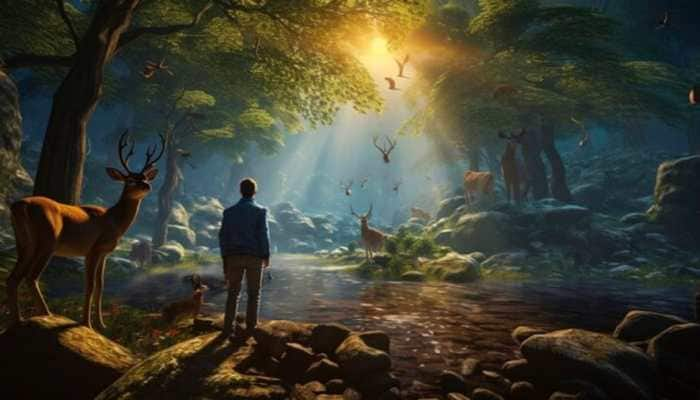Discover Endangered Species In India: Top National Parks For Wildlife Enthusiasts
India is home to diverse wildlife, but many species are endangered due to various threats. Fortunately, national parks and sanctuaries across the country are working to protect these species, offering opportunities to spot them in their natural habitats.
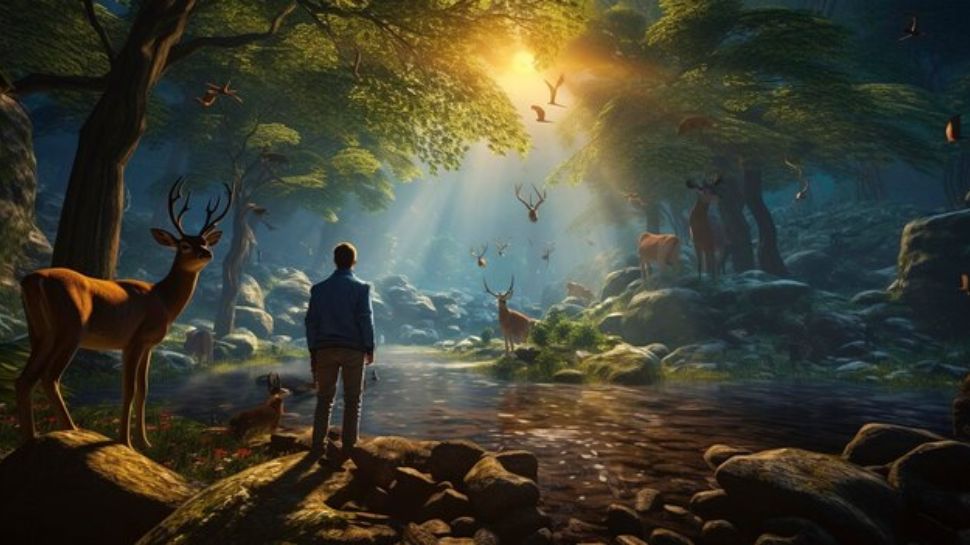)
India is filled with incredible wildlife, ranging from vast deserts to dense forests and towering mountains. Sadly, many animals here are endangered because of habitat loss, poaching, climate change, and conflicts with humans. Thankfully, there are plenty of national parks and wildlife sanctuaries in India that aim to protect these threatened species. If you love wildlife or want to help with conservation, here’s a list of endangered animals in India and the national parks where you can find them.
Bengal Tiger – Jim Corbett National Park, Uttarakhand
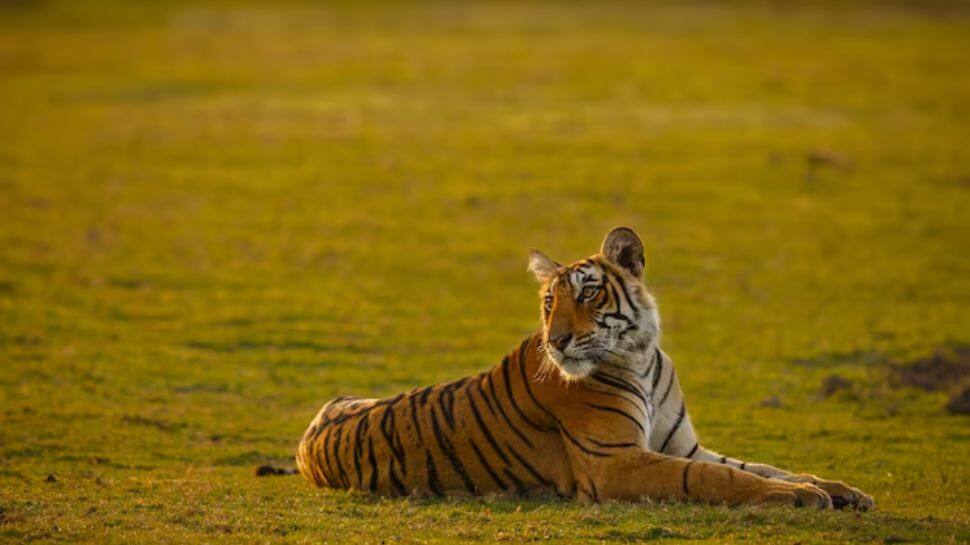
The Bengal tiger is India’s national animal and one of its most famous endangered species. Despite ongoing conservation efforts, tigers face many dangers, including poaching and loss of habitat. If you want to see these magnificent animals in their natural surroundings, head to Jim Corbett National Park, the oldest national park in India. Nestled in the foothills of the Himalayas, this park is a great spot for tiger safaris.
Highlights: - The oldest national park in India - Home to diverse wildlife, including tigers, elephants, and leopards - Multiple safari options to see animals in the wild
One-Horned Rhinoceros – Kaziranga National Park, Assam
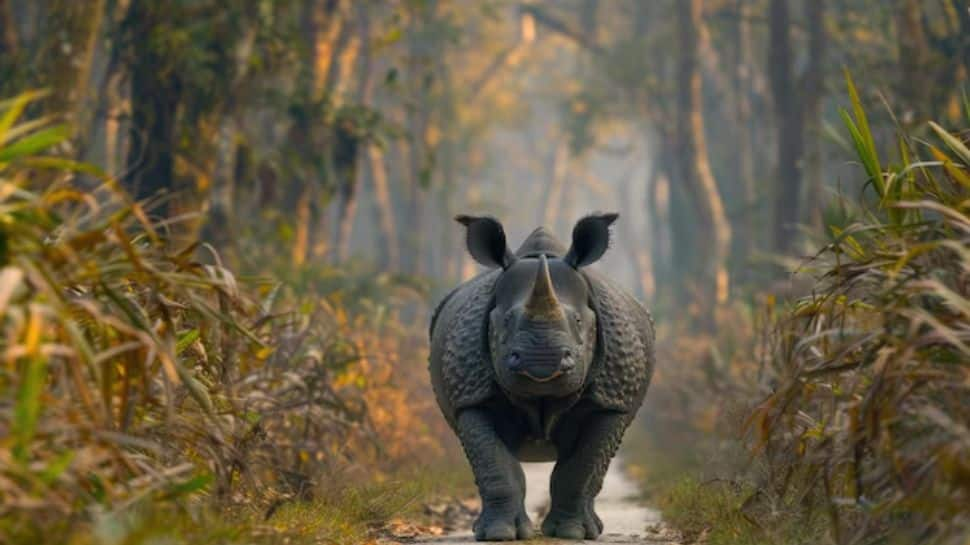
The one-horned rhinoceros is another endangered animal that India is trying to protect. With its large size and distinctive single horn, this rhino mainly roams in Kaziranga National Park, a UNESCO World Heritage Site. Found in Assam, Kaziranga holds about two-thirds of the global population of one-horned rhinos, making it a key location for their conservation.
Highlights: - Home to the largest population of one-horned rhinos worldwide - Also shelters other endangered animals like tigers and wild water buffalo - Offers boat and jeep safaris for wildlife spotting
Asiatic Lion – Gir National Park, Gujarat
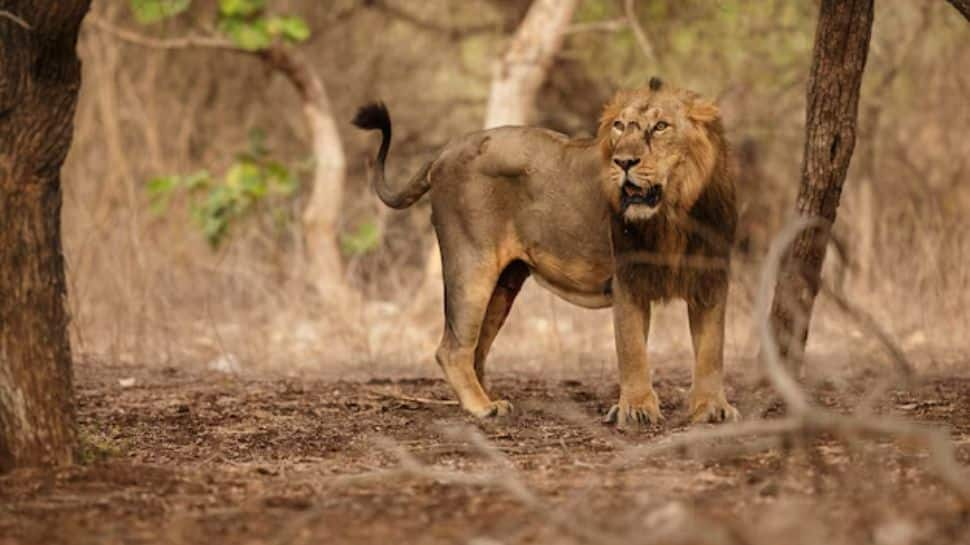
Once found in various parts of the Middle East and India, the Asiatic lion now exists only in Gir National Park, located in Gujarat. With only around 600 left in the wild, these lions are critically endangered. Gir is a vast forest area that serves as a last refuge for these impressive animals, along with other species like leopards, hyenas, and wild boars.
Highlights: - The only place in the world to see the Asiatic lion in its natural habitat - Conservation efforts have helped increase the lion population - Jeep safaris available for lion watching and exploring
Indian Wild Ass – Rann of Kutch, Gujarat
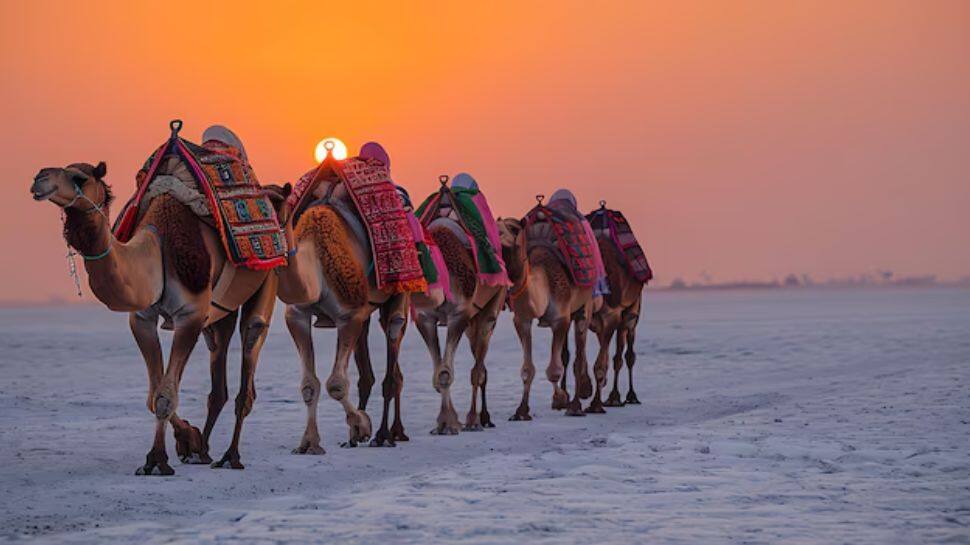
The Indian wild ass, also known as Khur, is a rare species found in the dry landscape of the Rann of Kutch in Gujarat. With a slender body, these wild asses can be seen in the expansive Kutch region. Although conservation efforts have helped their numbers, they are still considered endangered. The unique salt marshes of the Rann are home to various wildlife, including many migratory birds.
Highlights: - Primarily found in the Rann of Kutch - Classified as endangered due to habitat loss and overgrazing - Best visited during Rann Utsav, a cultural festival that highlights local art and wildlife
Snow Leopard – Hemis National Park, Ladakh

The elusive snow leopard is one of India's most beautiful yet endangered animals. These big cats inhabit the high-altitude areas of the Himalayas, and their numbers are declining due to habitat fragmentation and hunting. You can find them in Hemis National Park, located in Ladakh, where the rugged mountains and snowy peaks create a perfect home for these secretive cats.
Highlights: - A prime location for seeing snow leopards and other high-altitude wildlife - Also home to species like Tibetan antelope, marmots, and ibex - Ideal time to visit is winter for better chances of spotting snow leopards
Great Indian Bustard – Desert National Park, Rajasthan
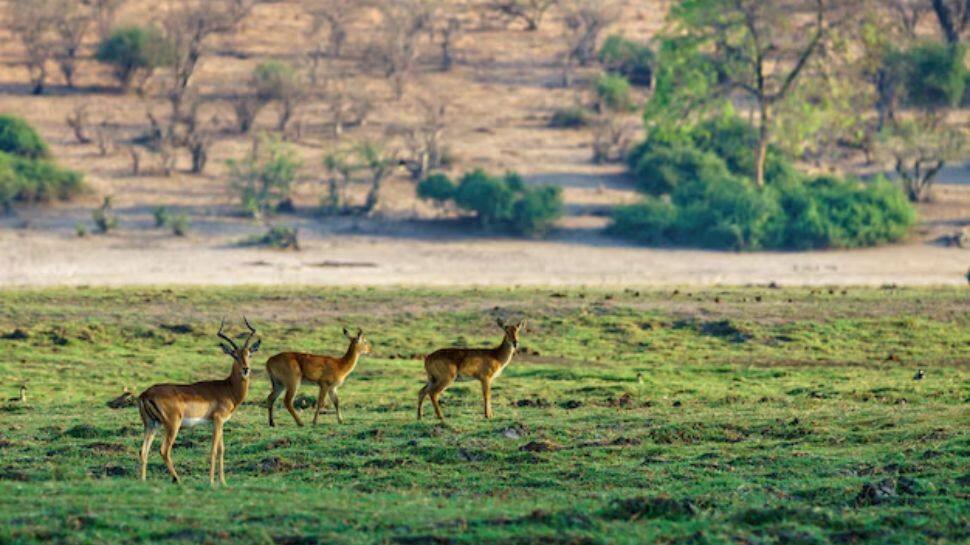
The Great Indian bustard, a large bird that is native to India, has seen its numbers drop sharply due to hunting and habitat loss. This critically endangered bird can mainly be found in the Desert National Park in Rajasthan. The park’s open grasslands and desert terrain provide an ideal home for the bustard, and ongoing conservation efforts are vital to its survival.
Highlights: - Located in the Desert National Park and nearby areas of Rajasthan - One of India’s most endangered bird species - Features large grasslands and scrub desert habitats
Wild Water Buffalo – Manas National Park, Assam
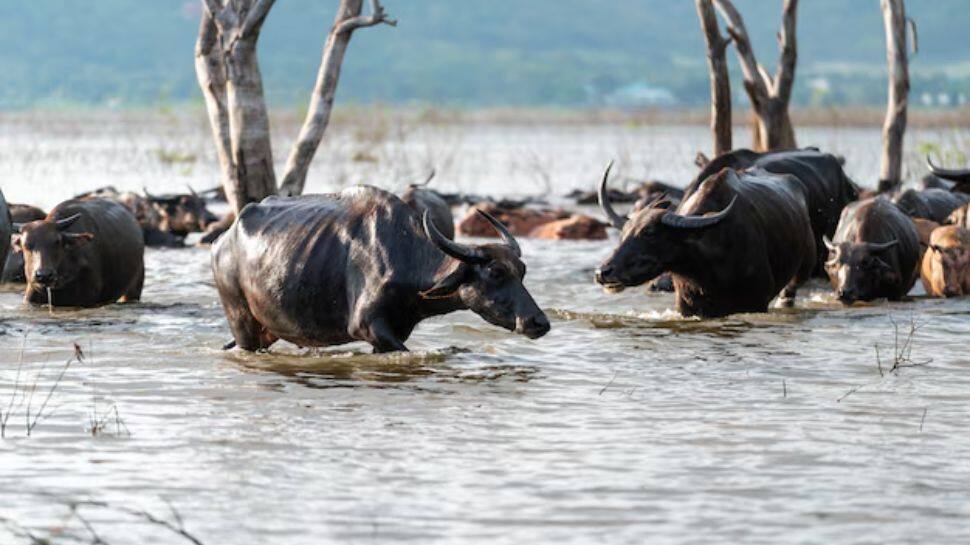
The wild water buffalo is becoming rare, with its population declining due to hunting and habitat loss. You can find them in Manas National Park, which is recognized as a UNESCO World Heritage Site and a hotspot for biodiversity in Assam. This park is home to various endangered species, including rhinos, tigers, and elephants. The wild water buffalo plays an essential role in the ecosystem and has a small but stable population here.
Highlights: - Lives in the wetlands of Manas National Park - An important species for maintaining wetland ecosystems - The park serves as a refuge for several endangered animals
Siberian Crane – Keoladeo National Park, Rajasthan
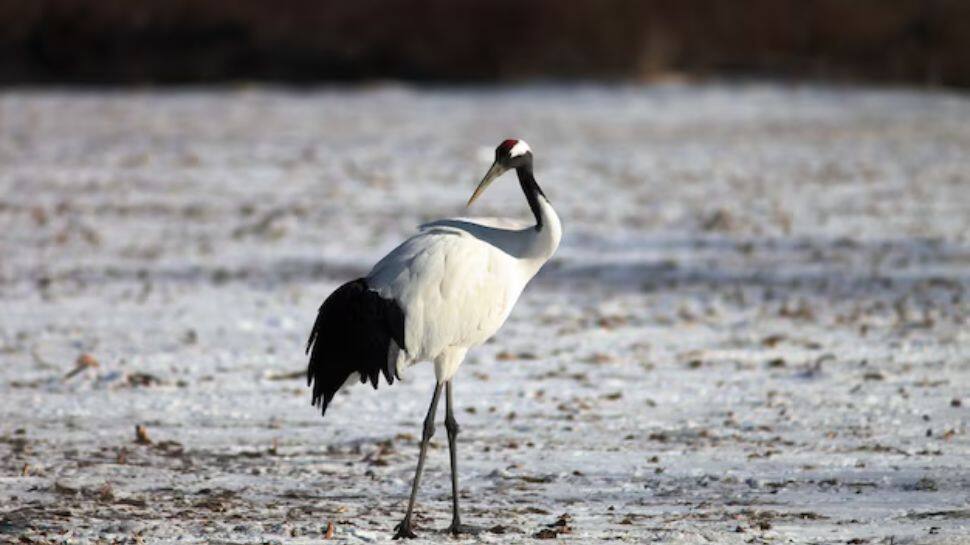
The Siberian crane is a migratory bird that makes an impressive journey to India during the winter. It is critically endangered, mainly due to habitat loss and climate change. Keoladeo National Park, also called Bharatpur Bird Sanctuary, is an essential stopover for these cranes. With wetlands and rich biodiversity, the park offers a perfect environment for migratory birds like the Siberian crane.
Highlights: - A vital wintering ground for Siberian cranes - Home to a wide variety of migratory and resident bird species - A paradise for birdwatchers and a UNESCO World Heritage Site

The national parks and wildlife sanctuaries in India play a significant role in protecting its endangered animals. From the impressive Bengal tigers of Jim Corbett to the elusive snow leopards of Hemis, these areas not only help preserve India’s natural heritage but also contribute to global conservation efforts. If you’re passionate about wildlife and want to see these endangered animals, visiting these parks will let you experience India’s rich biodiversity while supporting the protection of its most vulnerable species.
Trending Photos






